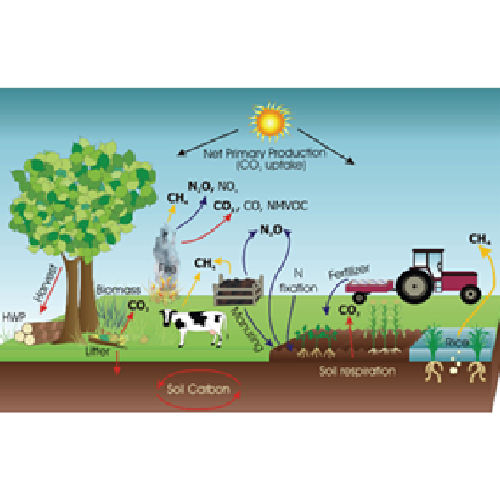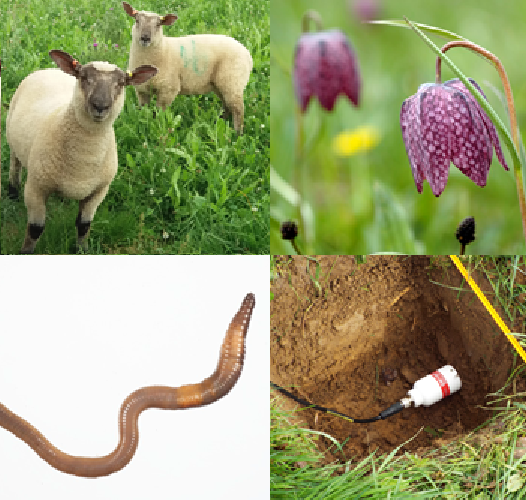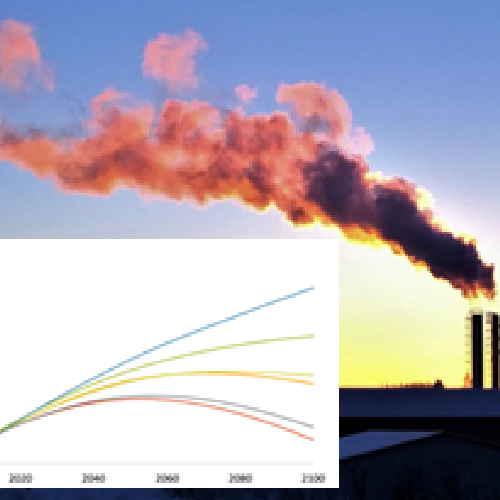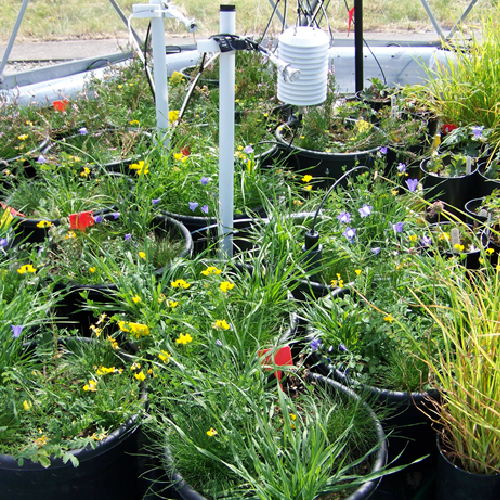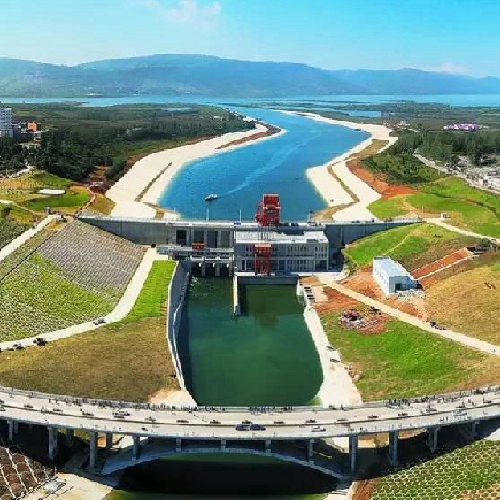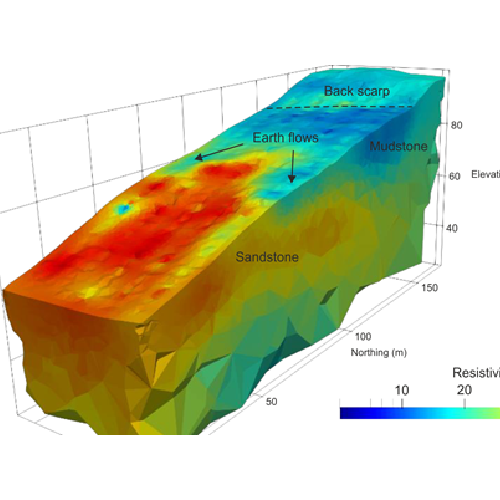Nitrogen inputs into agricultural systems are an essential requirement for healthy, high yielding crop production, but they can also result in the release of excess N either by leaching or by emission of the highly reactive greenhouse gas (GHG) N2O. In the UK, direct N2O emissions from soil accounted for about 50.5% of all N2O […]
Read More
The need to produce healthy and food sustainably is reliant on healthy soil. This is certainly true of grassland ecosystems on which over half of the people of the Earth rely for their livelihoods and wellbeing. Grasslands supply food, fibre, fuel and more to humans globally and are under pressure and management to deliver more. […]
Read More
Many plant species, including numerous agricultural ones, depend on pollinator services; yet agricultural intensification and urbanisation have caused habitat loss and fragmentation, leading to substantial declines of some pollinators. Any forecasts, risk assessments and remedies thus hinge crucially on understanding how pollinators use space; however, most studies of pollinator spatial movements have taken place over […]
Read More
Nature of the problem: Contamination of the terrestrial, freshwater and marine biosphere by microplastics is now widely recognised as one of the world’s greatest pollution threats. Microplastics (plastics <5 mm) originate from the fragmentation of large plastic litter or from direct environmental emission. Most plastics arriving in the oceans were produced, used, and often disposed […]
Read More
This project will use cutting edge projections of the future state of society to predict how pollution and its impacts may change across Britain in the 21st century. Working alongside a team of environmental scientists, you will use a range of possible directions for UK society, demographics, economics and policy to develop future trends in […]
Read More
This multi-disciplinary PhD will study urban green space and benefits at a range of scales, to tackle critical questions in urban ecosystem services research: whether greenspace benefits demonstrate non-linear relationships with scale whether there are scale-dependent thresholds to ‘supply’ or ‘use’, and whether there are spatial interactions between services at different scales. The PhD is […]
Read More
Up to 88% of flowering plant species depend on insect pollinators. Although flowers and their visual cues are known to be important for pollinators, more recently it has been shown that VOCs are also important signals at distances of <200 m5, with strong flying pollinators such as bees foraging at ranges of <1500 m. Ozone […]
Read More
Globally, huge investment is made in infrastructure to obtain, process and distribute clean water to human society. These public water supply (PWS) processes also alter the movement of a wide range of chemical elements within the Earth system. However, very little research has attempted to quantify these impacts. This PhD will address this gap, working […]
Read More
Slope instability is responsible for considerable social and economic harm. In the UK, impacts are principally economic, through damage and disruption to critical infrastructure (e.g. railways, flood defences, reservoir dams etc.), costing >£100 million annually. Further afield, in areas with high rainfall and mountainous conditions (e.g. South East Asia) impacts are considerably greater, including enormous […]
Read More
We seek an excellent student to investigate environmental change, monsoon variability, and human impact in a Southeast Asian tropical lake. Southeast Asia is a critical zone for the global hydrological cycle. The region is influenced by the Asian monsoon system, which controls water availability across this densely populated region. In Peninsular Malaysia, flooding often occurs […]
Read More

